Automatic Fire Suppression System for Heavy Vehicle
Heavy Vehicle Fire Suppression System are specialized safety mechanisms commonly employed in heavy-duty vehicles, industrial machinery, mining equipment, trucks, tractors, buses, and other on-road and off-road vehicles.
This Automatic fire suppression system is designed to swiftly detect and suppress fires in environments where the risk of fire incidents is heightened, such as those involving combustible materials and live electrical equipment. They utilize non-conductive agents to effectively extinguish fires and prevent further escalation, ensuring the safety of personnel and the protection of valuable assets in challenging operational conditions.
With Perfect Vision’s Automatic Fire Suppression System, individuals can ensure their safety and well-being by proactively monitoring and mitigating fire risks in their surroundings. By utilizing our AFSS, people can effectively safeguard themselves and their property from the devastating consequences of fire emergencies.
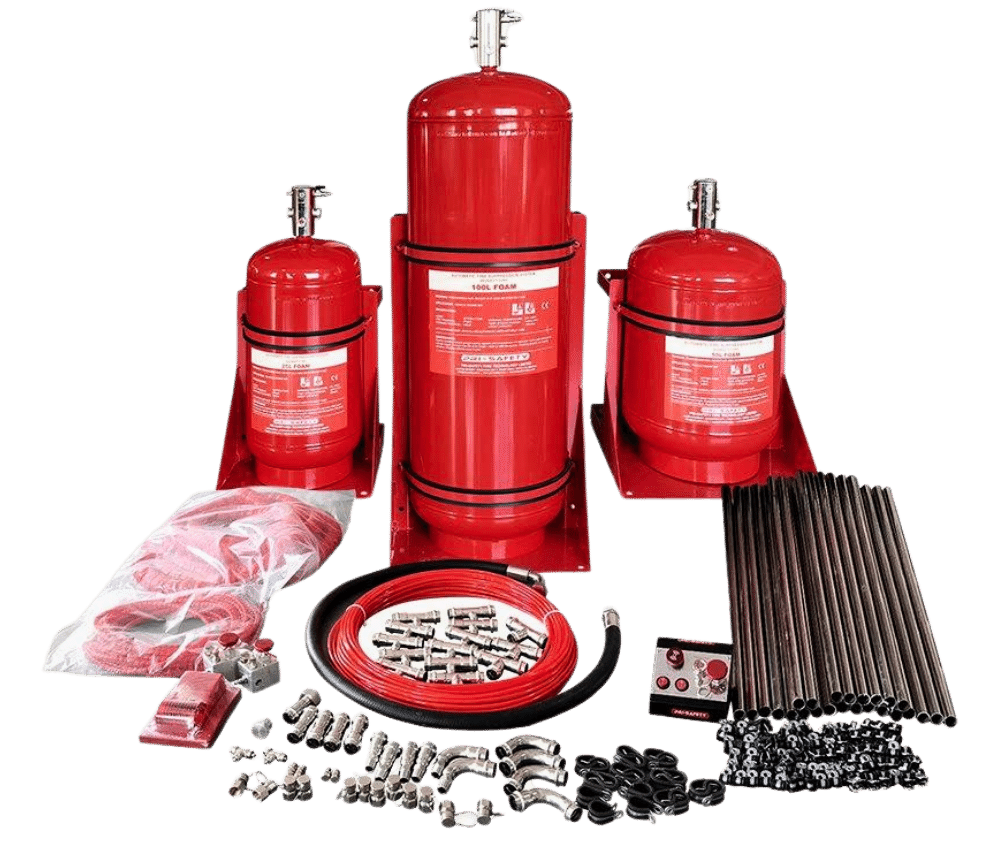
Components of Fire Suppression System

System tank with bracket
Houses the extinguishing agent, typically located in a secure and accessible position within the vehicle or equipment, often supported by a bracket for stability.
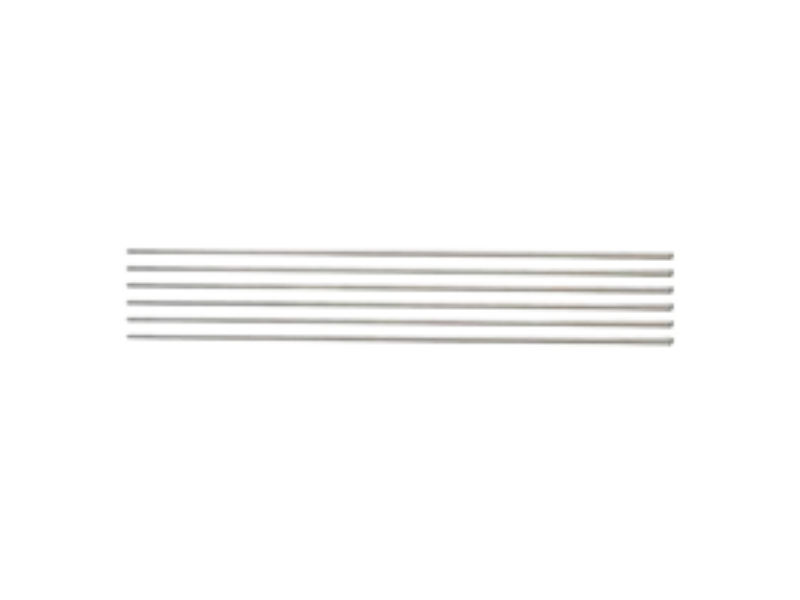
Discharge pipe
Distributes the extinguishing agent from the system tank to the designated areas within the vehicle or equipment where fire suppression is required.

Nozzles
Spraying devices that emit the extinguishing agent into the protected areas, strategically positioned to ensure uniform coverage and effective suppression of fires.
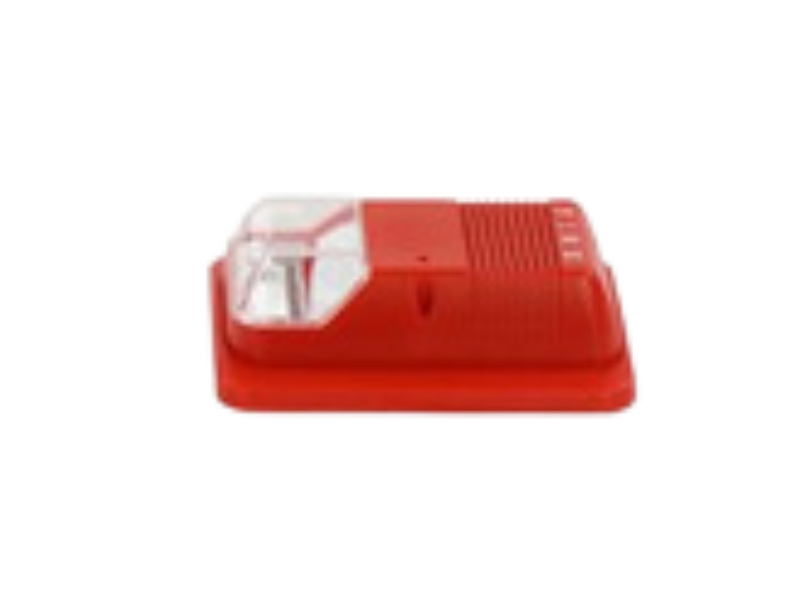
Fire alarm
Provides audible and/or visual alerts upon detection of a fire, signalling the need for action and potentially triggering the automatic activation of the suppression system.
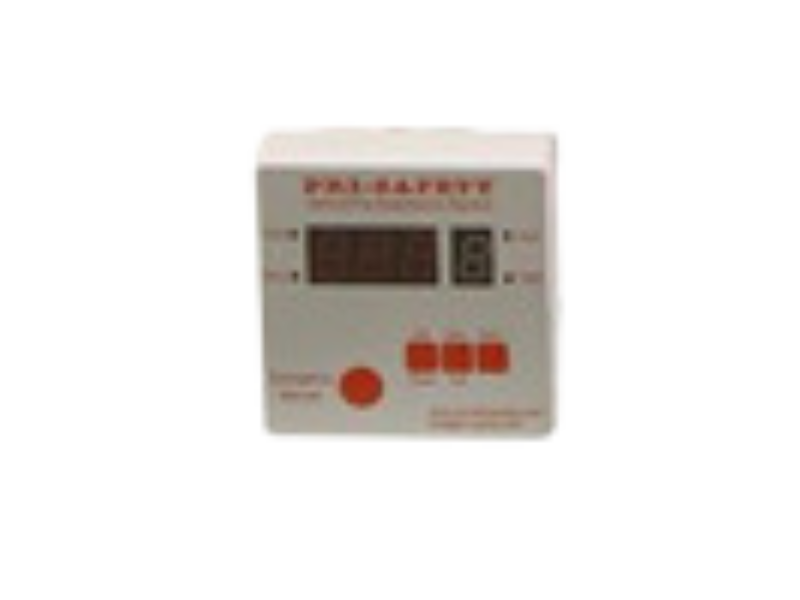
Control panel
Serves as the central command unit for the fire suppression system, allowing for monitoring, configuration, and manual activation of the system as needed.
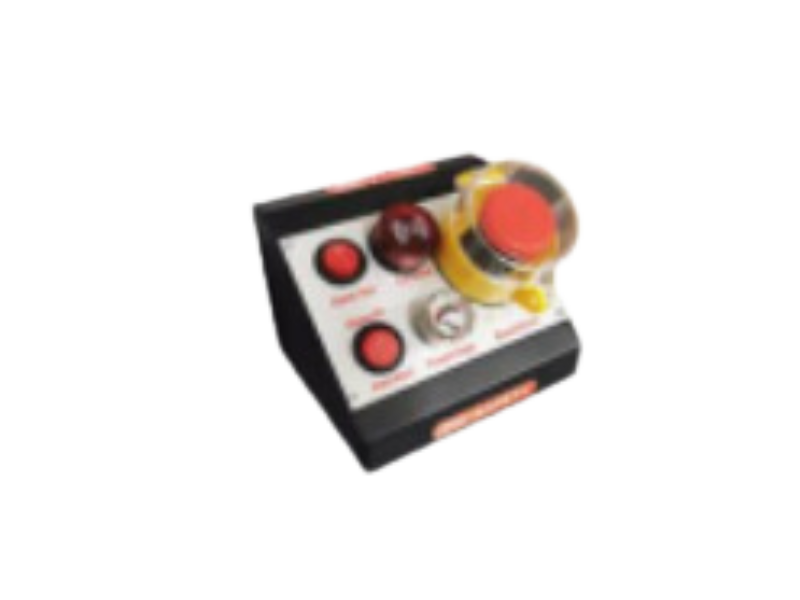
Emergency manual button
A manual override mechanism that enables immediate activation of the suppression system by personnel in case of emergency or system malfunction.
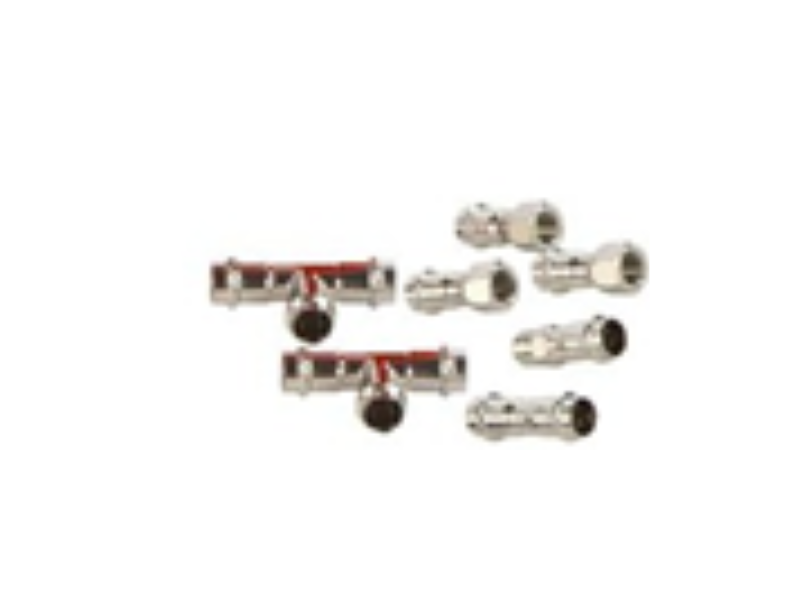
Fittings
Various connectors, adapters, and fixtures used to assemble and secure components of the fire suppression system, ensuring proper installation and functionality.
Features of Fire Suppression System
Utilizes dry powder or foam as extinguishing agents, effective in suppressing various types of fires including combustible materials and flammable liquids.
Compliant with ECE R107 and CE standards, ensuring the system meets rigorous safety and performance requirements for use in vehicles and industrial equipment.
Incorporates automatic cooling mechanisms to prevent overheating of critical components during operation, enhancing system reliability and longevity.
Employs rapid detection technology to quickly identify the presence of fires, enabling swift activation of suppression measures to minimize damage.
Engineered to withstand harsh environmental conditions, making it suitable for installation in rugged and demanding operational settings.
Monitors temperature levels in real-time to provide accurate fire detection and early warning capabilities, enhancing overall fire safety.
Allows for easy replenishment of extinguishing agents after use, ensuring the system remains operational for future fire incidents.
Designed for straightforward installation with minimal complexity, facilitating easy integration into various vehicle and equipment configurations.
Provides manual activation capability, allowing users to trigger the suppression system when necessary to combat fires effectively and promptly.
Parameters
| Brand Name | PRI-Safety |
|---|---|
| Capacity | 6L, 9L, 12L, 18L, 20L, 25L, 50L, 100L-FOAM (18L for 4CBM Engine Room) 6kg, 9kg, 12kg, 18kg, 25kg, 50kg, 100kg-Dry Powder (9kg for 4CBM Engine Room) |
| Agent | Foam / Dry Powder / FK-5112 |
| Working Pressure | 14 Bar |
| Testing Pressure | 27 Bar |
| Cylinder Material | Steel red painting or Stainless Steel 304 |
| Certificate | UN ECE R107, CE |
| System Activated Temperature | 140°C or Customized Temperature |
Understanding the Functionality of Fire Suppression System
An automatic fire suppression system works by quickly detecting and responding to fires in various environments. The system typically consists of several key components, including a detection mechanism, a storage tank for extinguishing agents, distribution pipes, nozzles, a control panel, a fire alarm, an emergency manual button, and temperature sensors.
When a fire is detected, usually by heat, smoke, or flame sensors, the system initiates a response. The detection mechanism triggers the release of the extinguishing agent from the storage tank, which is often pressurized for rapid deployment. The agent is then distributed through the distribution pipes to the fire-affected areas via strategically placed nozzles. Simultaneously, the fire alarm alerts occupants to the emergency, while the control panel coordinates the system’s response. In urgent situations, personnel can activate the emergency manual button for immediate intervention.
Temperature sensors continuously monitor ambient conditions, providing crucial data to the system. The extinguishing agent deployed by the system varies depending on the type of fire and the environment but may include water, dry chemicals, foam, or inert gases. Once the agent is discharged, it works to suppress the fire by cooling, smothering, or interrupting the chemical reaction necessary for combustion. Overall, the fire suppression system operates seamlessly to swiftly detect, contain, and extinguish fires, minimizing damage and enhancing safety in diverse environments.
Contact our experts now !
Let’s discuss how our solutions can make your workplace safer and more secure. Your safety is our priority.

